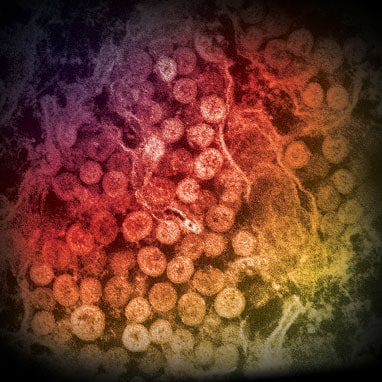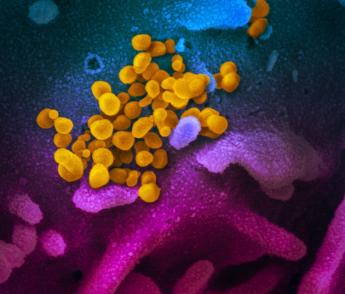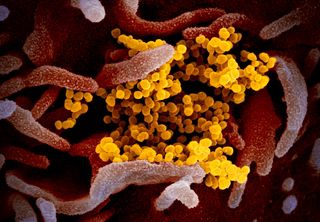Definition:
Any of a family (coronaviridae) of single-stranded RNA viruses which have a lipid envelope studded with club-fashioned projections, infect birds and many mammals including human beings and encompass the causative dealers of MERS and SARS
MERS(Middle East respiratory syndrome):
A critical viral breathing infection that is marked by fever, cough, and shortness of breath and which could often progress to intense pneumonia with acute respiratory distress syndrome and organ failure

Note: MERS is because of a coronavirus (species center east respiration syndrome coronavirus of the genus betacoronavirus) related to the causative virus of SARS. the primary cases of MERS regarded in Saudi Arabia and most cases originate from nations in or close to the Arabian peninsula.
SARS(Severe Acute Respiratory Syndrome):
Severe respiration contamination that is due to a coronavirus (species excessive acute breathing syndrome virus of the genus betacoronavirus), is transmitted mainly via contact with infectious cloth (together with breathing droplets or frame fluids) and is characterized via fever, headache, body aches, a dry cough, hypoxia, and ordinary pneumonia
SARS-CoV can infect each the top and lower respiration tracts.

The signs and symptoms of sars increase over the path of per week and start with a fever. early on in the situation, people develop flu-like signs, along with:
- Dry coughing
- Chills
- Diarrhea
- Breathlessness
- Aches
Pneumonia, a severe lung infection, typically develops. at its maximum superior degree, sars reasons failure of the lungs, heart, or liver.
In step with the CDC, the government marked 8,098 humans as having shrunk sars. of these, 774 infections were deadly. this equates to a mortality fee of nine.6%.
Headaches were more likely in older adults, and 1/2 of all people over 65 years of age who have become sick did not live on.
Characteristics of Corona Virus
Coronaviruses (CoV) are a large circle of relatives of viruses that reason infection starting from the commonplace bloodless to greater intense illnesses inclusive of the Middle East Respiratory Syndrome (MERS-CoV) and Severe Acute Respiratory Syndrome (SARS-CoV). A novel coronavirus (nCoV) is a brand new pressure that has not been formally diagnosed in human beings.
Coronaviruses are zoonotic, which means they’re transmitted among animals and those. precise investigations found that SARS-CoV changed into transmitted from civet cats to people and MERS-CoV from dromedary camels to people. Several recognized coronaviruses are circulating in animals that have no longer but inflamed people.
Commonplace signs of infection encompass respiratory symptoms, fever, cough, shortness of breath and respiration problems. in greater severe cases, the infection can reason pneumonia, severe acute respiratory syndrome, kidney failure, and even death.
Fashionable tips to prevent contamination spread encompass ordinary hand washing, covering mouth and nostrils while coughing and sneezing, thoroughly cooking meat and eggs. Avoid close touch with all and sundry displaying signs of breathing infection along with coughing and sneezing.

Symptoms
Cold- or flu-like signs and symptoms typically set in from 2–4 days after a coronavirus infection and are typically moderate. but, symptoms vary from person-to-man or woman, and a few varieties of the virus can be fatal.
Symptoms consist of:
- Sneezing
- Runny nostril
- Fatigue
- Cough
- Fever in uncommon instances
- Sore throat
- Exacerbated bronchial asthma
Scientists cannot easily cultivate human coronaviruses in the laboratory unlike the rhinovirus, which is another cause of the common cold. This makes it hard to gauge the effectiveness of the coronavirus on countrywide economies and public health.
There’s no cure, so remedies encompass self-care and over the counter (OTC) medication. human beings can take numerous steps, including:
- Resting and avoiding overexertion
- Consuming sufficient water
- Warding off smoking and smoky areas
- Taking acetaminophen, ibuprofen, or naproxen for ache and fever
- The uses of a clean humidifier or cool mist vaporizer
A doctor can diagnose the virus responsible via taking a sample of respiratory fluids, inclusive of mucus from the nose, or blood.
